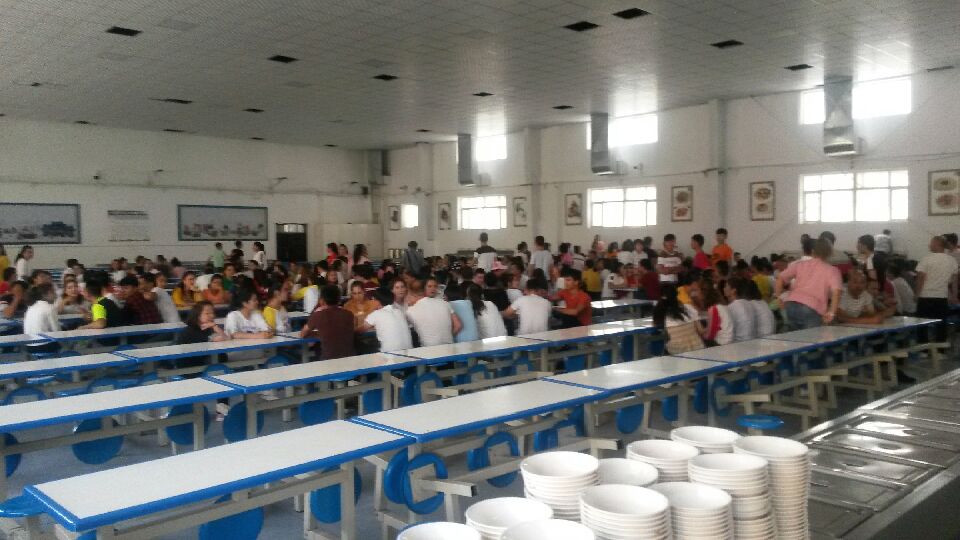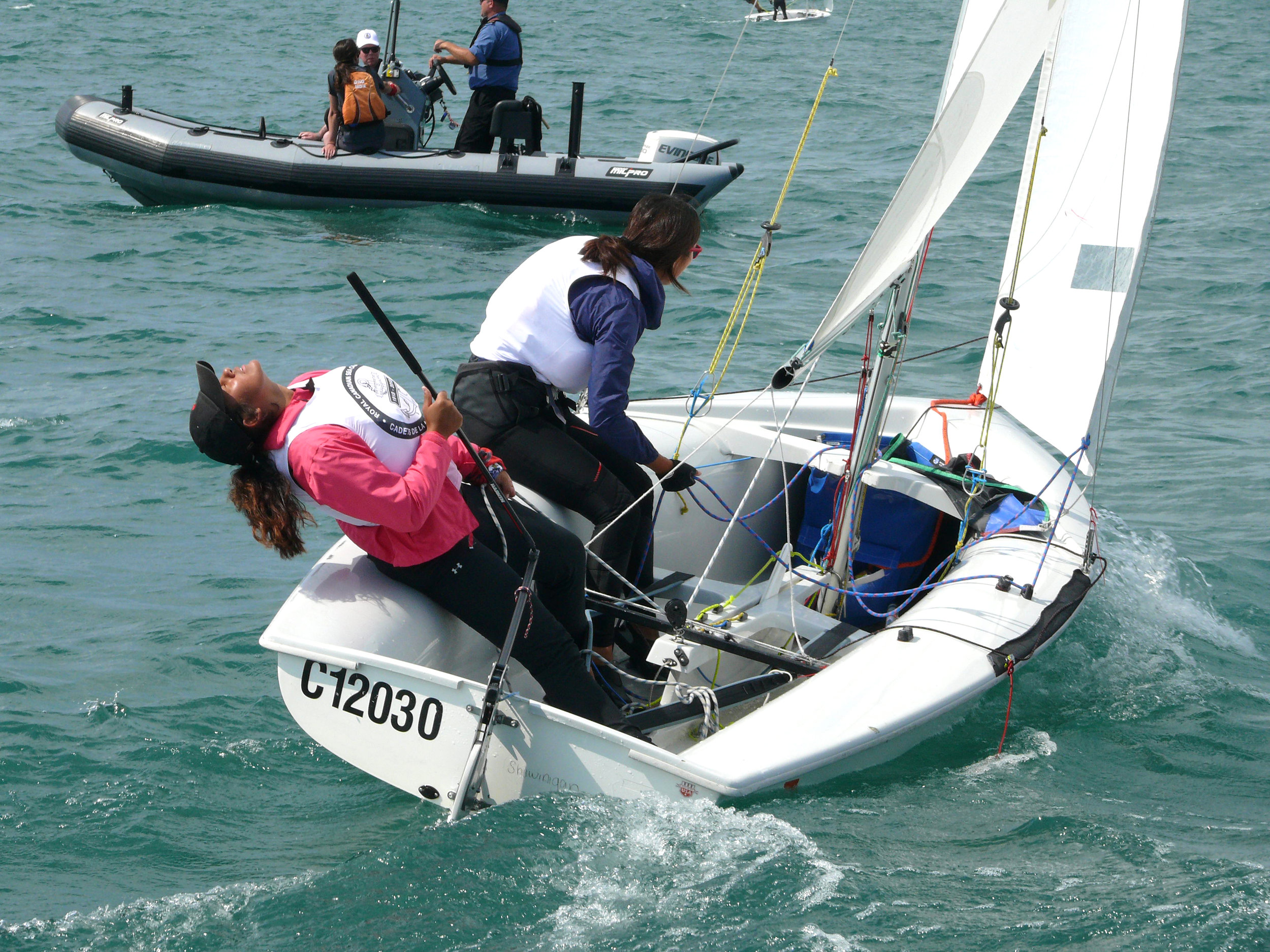Artistic photo of the Arts centre in the Xinjiang city of Atushi
By Scott Taylor
In early June, a group of 22 countries including Canada, Japan, the U.K., France, and Australia, signed a letter to the United Nations Human Rights Council calling upon China “to end the mass arbitrary detentions and related violations against Muslims in the Xinjiang region.”
A collection of homemade bombs and grenades captured by security forces from islamic extremists in Xinjiang.
Although they are not the signatories on that letter, the U.S. administration has also voiced critical concern over China’s religious crackdown. At a July 16 conference in Washington, D.C. regarding global religious freedom, the U.S. Vice President Mike Pence claimed “In Xinjiang, the Communist Party has imprisoned more than a million Chinese Muslims, including Uighurs, in internment camps where they endure round-the-clock brainwashing.” Taking things up a notch, U.S. Secretary of State Mike Pompeo alleged, “China is home to one of the worst human rights crises of our time… It is truly the stain of the century.
In response to these charges, the Chinese government has steadfastly maintained that the facilities in question are in fact vocational schools aimed at poverty alleviation and as a means to curtail the spread of Islamic extremism. To bolster their case with the U.N., China managed to solicit the support of 31 nations – including Russia, North Korea and Venezuela - to write their own letter to the Human Rights Council, expressing their collective support for China’s anti-terror measures and the policy toward ethnic minorities in Xinjiang.
The first exhibit we were shown was a graphic illustration of the islamic insurgency that erupted in Xinjiang in 2009.
In a further attempt to prove their claims, the Chinese government organized a seven-day international media tour of Xinjiang, which included a total of 27 journalists from 24 countries. Media outlets represented included ABC News, the Irish Times, Australian Financial Review and the Corriere Della Sera of Italy. I was the sole Canadian representative.
The tour began in the city of Urumqi, the capital of Xinjiang, China’s largest and westernmost autonomous region. This area is home to approximately 11 million Uighurs – an ethnic Turkic minority, but also includes ethnic Kazakhs, Kirghiz and Tajiks as well as a steadily growing number of Han Chinese.
The first exhibit we were shown was a graphic display of the violent insurgency, which first erupted in this region in 2009. Photos and videos depicted in gory detail all of the terrorist attacks, which have killed a total of 197 people to date. Victims shown included small infants, women, and even the corpses of murdered policemen. In the centre of the hall was a vast collection of captured weaponry and home made bombs.
Local Uighur residents relax in a traditional tea house in the oasis city of Kashgar
The subsequent Chinese crackdown has been largely successful and it was noted that the last terror attack occurred more than 30 months ago. This was the start point for our education as the Islamic extremism threat is the lynchpin for China implementing its policy of re-educating the Muslim minorities.
The Chinese wanted to make the point that the terrorists had in fact hit them hard, and thus they are justified in taking strong measures to reduce future threats.
However, during our subsequent seven days travelling throughout Xinjiang one did not get the sense that this was a region still living with the fear of imminent violence. There were an abundance of security cameras around public spaces and airport style body searches were conducted at entrances to crowded centres, but police did not wear body armour and there were no sandbagged bunkers in evidence. This was definitely not Kandahar, Afghanistan, or Baghdad, Iraq.
Twenty nine year old Qurbanjan claimed he had been radicalized to the point that he had actually purchased bomb making material. Village police apparently convinced him to enrol in the Shule county vocational school instead of waging jihad against Pagans
The second stop on our tour was a boarding school and a Mosque, where a new generation of Imams are being taught Islamic studies. With the world accusing China of committing cultural and religious genocide of the Uighurs, we were shown that the Beijing regime is actually funding schools to produce newly minted Muslim clergy.
To counter international claims that Uighur culture is being suppressed, we were shown a brand new $100 million Arts Centre, which is home to a professional orchestra and dance troupe. To further drive home this point we were treated to a full fledged Uighur cultural spectacle at the Xinjiang Grand Theatre in the city of Changji.
This celebration of the history of China’s Silk Road featured a cast of hundreds, live camels, horses running on treadmills, water cascading over the stage, the world’s largest video screen, and women in traditional garb dancing on Segways. It was essentially Las Vegas on steroids.
Of course, the key sites we were to see were the controversial vocational training centres, which are alleged to be re-education detention camps by the Western media. Our group visited two of these facilities – one at Shule County on the outskirts of Kashgar, and one in the city of Atushi. The first housed approximately 1,000 Uighur students, and the second held around 200. In both schools the student age ranged between 20-40 years old with a fairly even male-female ratio.
Part of the curriculum at the vocational schools includes teaching the Uighurs traditional folk dances complete with national costumes
They were housed ten persons to a room, with bunk beds and a single squat toilet per dorm room. There were no guard towers or barbed wire and we were told that there were only eight security guards on the premises. This is less than one would find at the average hotel in western China.
It was noticed that the doors to the dorm rooms only locked from the outside. We were witness to a meal serving which featured generous portions, and no one in the two schools appeared malnourished. We were shown classrooms where students were chanting out their lessons in Mandarin, and others were studying Chinese laws. There were also study areas for vocational training such as computer skills, sewing, automotive, cooking and basic electrical.
Through the official translators, and under the steady gaze of our Chinese government minders, we were able to speak directly with several of the Uighur students. They had a very interesting story, and I deliberately use the singular as they all had almost the exact same story.
Students at the Shule county vocational school enjoy a game of volleyball prior to dinner
Every one of them claimed to be their of their own free will. Every one of them had a tale of how they had become radicalized by Islamic extremism. Every one of them claimed they were willing to commit violence against non-believers when they had been discovered either by the authorities or in some cases a friend or spouse. The story was that they then saw the light and enrolled in the vocational training program.
One slight young man, 25 year-old Qurbanjan, claimed he had actually procured bomb making equipment prior to his village police suggesting he enter the school and forget about waging Jihad.
Whenever we visited a private home in Xinjiang our media tour was treated to a feast – the exact same feast every time.
In total we interviewed three young women who all claimed to have been radicalized by Islam, all claimed their husbands were unaware of their thoughts, and all three had left toddlers at home in order to attend the boarding schools. Gulmire Azair is 29 years old and a graduate of the vocational school program. She presently has a factory job as a seamstress in Kashgar. Her story mirrored the others in that she had found herself wanting to “kill pagans” after visiting some Islamic websites.
This is of course the narrative that the Chinese government wants to communicate to the world. These educations centres are, according to the official line, part of an anti-terrorism effort. The problem was that it was all too staged. The students would invariably rise at their desk, stand at attention and deliver their statement while staring straight above your head. It was very reminiscent of prisoners of war reciting their name, rank, and serial number to their captors.
Throughout our entire tour, the Chinese authorities overlooked no detail as they attempted to present to us a picture perfect glimpse of ethnic minority utopia in Xinjiang. When we visited a newly constructed relocation site for Kirghiz herdsmen for instance, everyone had a brand new white and black traditional Kirghiz hat. Those elderly residents, who just happened to be playing a game of cards in the common area, had a pristine deck of cards. When we entered family condos to witness the living conditions, there would be a feast awaiting us on the coffee table. When visiting a second similar site, hundreds of kilometres away, we were treated to the exact feast – as if there was an actual playbook detailing what the local party officials were to provide to our tour.
Accommodation at the vocational schools is Spartan with 10 to a room on bunk beds with a single toilet.
I am under no illusions as to the fact that the Chinese government showed us exactly what they wanted to show us. The schools we toured were prepared well in advance of our visit, and in both cases they treated us to Uighur cultural displays of folk dancing complete with elaborate costumes. In other words, how could the Chinese be suppressing Uighur culture when here they are teaching them dance numbers celebrating their unique heritage? The fact is that our media tour did not see all the camps, and in fact we could not get a straight answer from any official as to how many people are presently enrolled in this project.
If the Chinese government wants to seriously refute these serious allegations that they are perpetrating the ‘stain of the century’ upon Muslims of Xinjiang, they are going to have to provide unfettered and unlimited access to international observers.
Captions for photos above Left to Right:
Photo One: There are nearly 1000 students enrolled in the Shule vocational school.
Two: Twenty five year old Gulmire Azair, mother of one and a self pro-claimed former Islamic extremist. She had desires to kill Pagans before her friends convinced her to enrol in the vocational school program. She now works as a seamstress in a factory near Kashgar.
Three: Basic automotive skills are taught at the Atushi vocational school
Four: One of the vocations taught at the Atushi school is esthetician.
Five: The vocational school at Atushi has no guard towers, simply a high wall surrounding the complex. The yard includes volleyball courts and table tennis facilities.
Six: Cooking classes are a popular course at the vocational school. Students can learn either western style or Chinese style cuisine.
Seven & Eight: Lunch is served at the Atushi vocational school. Serving were generous and students did not appear malnourished.
Nine & Ten: In an effort to illustrate the extent of the islamic insurgency in Xinjiang, we were shown a large cache of captured weapons. These included crossbows and swords and a collection of antiquated rifles.
Eleven: This relocated Kirghiz herdsman all had bright new traditional white hats for our visit.
Twelve: Uighur students in Urumqi study the Koran as well as Mandarin language and China’s legal system, on their path to becoming Imams
Thirteen: The Chinese central government has built a mosque and boarding school to train a new generation of Muslim Imams.
Fourteen: Traditional dance routines are taught to the Uighur students, complete with elaborate costumes and a fog machine.


















































